Regulatory Compliance
Regulatory compliance is emerging as a crucial driver for the Water Borne Resin Market. Governments worldwide are implementing stringent regulations aimed at reducing harmful emissions and promoting the use of environmentally friendly materials. Water borne resins, with their low VOC content, are well-positioned to meet these regulatory requirements. In 2025, the market is expected to benefit from increased demand as industries such as automotive, construction, and furniture manufacturing seek compliant solutions. The pressure to adhere to these regulations not only influences product development but also encourages companies to invest in cleaner technologies. As a result, the Water Borne Resin Market is likely to see a shift towards more sustainable practices, ultimately enhancing its growth prospects.
Technological Innovations
Technological advancements are driving the evolution of the Water Borne Resin Market. Innovations in formulation and application techniques have led to enhanced performance characteristics of water borne resins. For instance, the development of high-performance resins that offer superior adhesion and durability is becoming increasingly prevalent. In 2025, the market is anticipated to witness a compound annual growth rate (CAGR) of around 6%, largely attributed to these technological improvements. Furthermore, advancements in digital technologies, such as automation and smart manufacturing, are streamlining production processes, thereby reducing costs and increasing efficiency. As manufacturers continue to invest in research and development, the Water Borne Resin Market is likely to experience a surge in innovative products that cater to diverse applications, from coatings to adhesives.
Sustainability Initiatives
The increasing emphasis on sustainability appears to be a pivotal driver for the Water Borne Resin Market. As environmental regulations tighten, manufacturers are compelled to adopt eco-friendly practices. Water borne resins, known for their low volatile organic compound (VOC) emissions, align well with these sustainability goals. In 2025, the market for water borne resins is projected to reach approximately USD 10 billion, reflecting a growing preference for sustainable materials. This shift not only caters to regulatory compliance but also meets consumer demand for greener products. Companies that prioritize sustainability in their operations are likely to gain a competitive edge, as they can appeal to environmentally conscious consumers and businesses alike. Thus, the sustainability initiatives are expected to significantly influence the growth trajectory of the Water Borne Resin Market.
Market Demand for Versatility
The demand for versatile materials is significantly influencing the Water Borne Resin Market. Industries are increasingly seeking resins that can be used across various applications, including coatings, adhesives, and sealants. This versatility is particularly appealing in sectors such as construction and automotive, where multifunctional materials can streamline production processes and reduce costs. In 2025, the market is projected to expand as manufacturers respond to this demand by developing water borne resins that cater to multiple applications. The ability to customize formulations for specific needs further enhances the appeal of water borne resins. Consequently, the Water Borne Resin Market is likely to experience robust growth as it adapts to the evolving needs of diverse industries.
Consumer Preferences for Eco-Friendly Products
Consumer preferences are increasingly shifting towards eco-friendly products, which is a significant driver for the Water Borne Resin Market. As awareness of environmental issues grows, consumers are more inclined to choose products that are sustainable and have a lower environmental impact. This trend is particularly evident in the coatings and adhesives sectors, where water borne resins are favored for their reduced VOC emissions. In 2025, the market is expected to see a notable increase in demand as manufacturers align their offerings with consumer expectations for greener alternatives. Companies that successfully market their water borne resin products as eco-friendly are likely to capture a larger share of the market. Thus, the evolving consumer preferences are poised to play a crucial role in shaping the future of the Water Borne Resin Market.


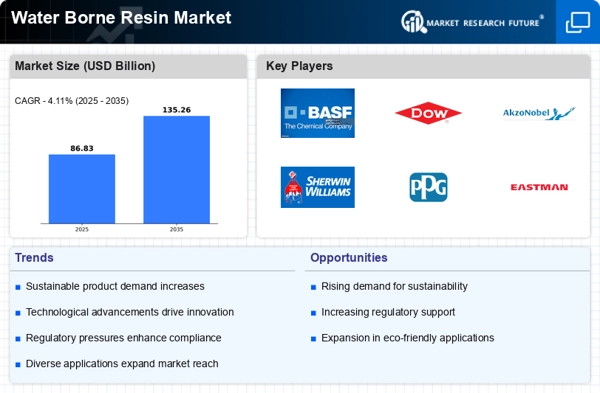
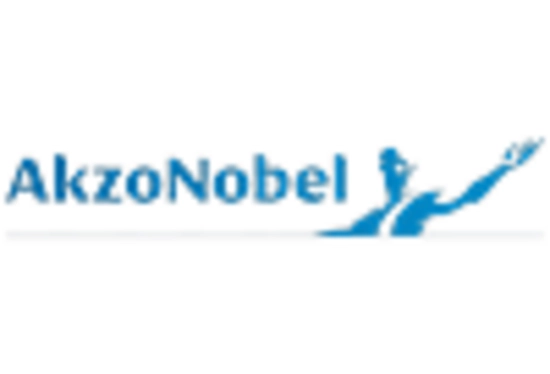

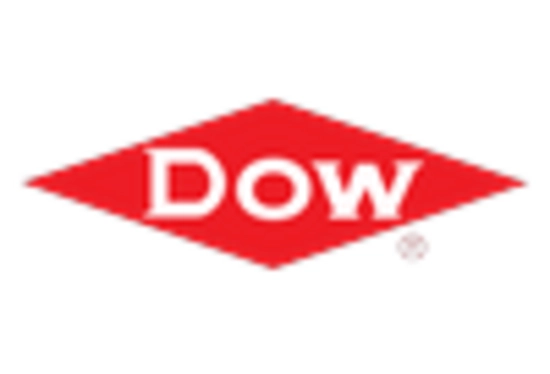
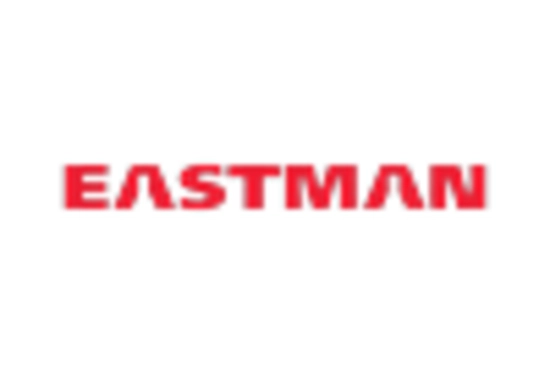

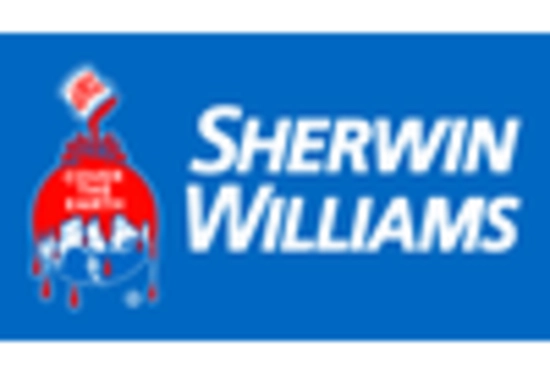








Leave a Comment